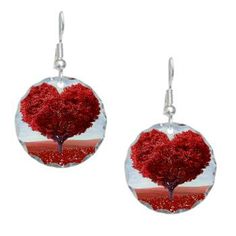How You & Your Child Can Thrive Through Personal Style by Hemda Mizrahi
How can you present a true, clear message about who you are, both at home and at work? Personal...
Read Moreby VoiceAmerica | Feb 4, 2016 | Business | 0 |
How can you present a true, clear message about who you are, both at home and at work? Personal...
Read Moreby VoiceAmerica | Feb 10, 2014 | Health & Wellness, VoiceAmerica | 0 |
With more children with complex, congenital heart defects, or CHDs, living beyond their first of...
Read More


